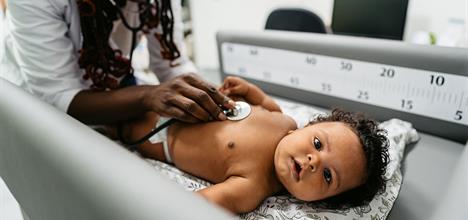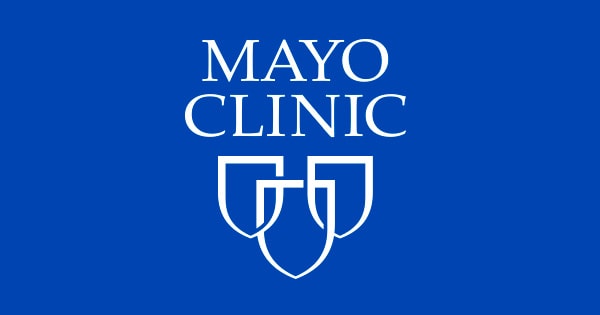By: Clinton Dunn, MD, FAAP & Addie Dodson, MD, FAAP One in every 10 kids in the United States has…
Read More

By: Clinton Dunn, MD, FAAP & Addie Dodson, MD, FAAP One in every 10 kids in the United States has…
Read More
Arthritis pain: Do’s and don’ts Will physical activity reduce or increase your arthritis pain? Get tips on exercise and other…
Read More
Rheumatoid arthritis: Is exercise important? Which types of exercises are best for people who have rheumatoid arthritis? Which should be…
Read More
Liver surgeon Sean Cleary, M.D., answers the most frequently asked questions about liver cancer. Ask Mayo Clinic: Liver Cancer Sean…
Read More
Learn more from liver surgeon Sean Cleary, M.D. Mayo Clinic explains liver cancer Sean P. Cleary, M.D., Hepatobiliary and Pancreatic…
Read More
Breastfeeding nutrition: Tips for moms Breastfeeding nutrition can be confusing. How much should you eat? What should you avoid? How…
Read More
There is a problem with information submitted for this request. Review/update the information highlighted below and resubmit the form. From…
Read More
Allergy medications: Know your options Several types of medicines are used to treat allergy symptoms. Here’s what you should know.…
Read More
Calcium channel blockers These medicines lower blood pressure and treat other conditions such as chest pain and an irregular heartbeat.…
Read More
Beta blockers These medicines are often used to treat high blood pressure when other medicines have not worked. By Mayo…
Read More